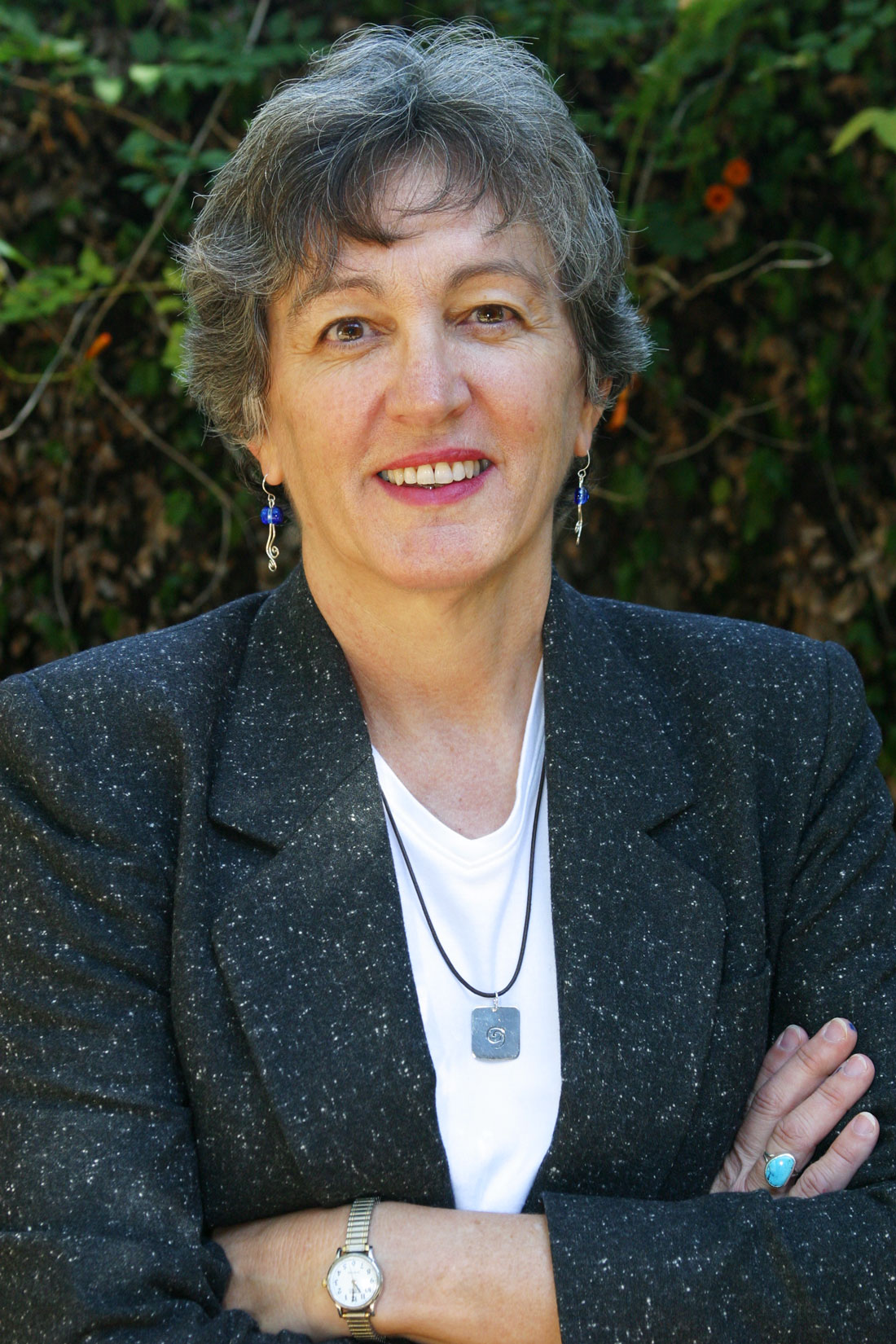Lozano and Johnson spent hours waiting outside the Ennis High School prom so they could report 30-second live shots at the top of the 10 p.m. news. The pressing issue? Teen-agers barred from the dance because they skipped school to protest immigration laws.
A few days earlier, Channel 8 reporter Mary Ann Razzuk stood outside a building and reported Live! From Frisco! that the Texas Alcoholic Beverage Commission had arrested drunken people in – of all places – bars. Why Frisco? Was the TABC targeting snockered soccer moms? No, that’s just where Channel 8’s Collin County bureau is located, providing a visual background that had nothing to do with the story – but which allowed Channel 8 to say the story was “live.”
Sorry, but the only thing with a pulse in what passes for much of local tv’s “live” coverage these days is the reporter – often posed outside empty, locked buildings where meetings were held hours earlier or something else arguably newsworthy happened. Television stations can’t afford to have their half-million-dollar satellite trucks sitting in the parking lot waiting for real breaking news.
So local stations create reasons for live shots, the boon and bane of television news. First, they often choose stories like the prom, which have “good visuals,” over substantive stories involving more fascinating facts but boring pictures. Hence, we get stories like the one on the prom, which included interviews with gown-clad girls, glitter in their hair, lamenting the fact they had to spend their prom in a parking lot.
And second, regardless of the value of the underlying story, the news execs feel required to “update” it for later broadcasts with the “live shot” of the poor reporter standing in the parking lot.
Over the past two decades, live reports have revolutionized television news. Without this technology, CNN, MSNBC, FoxNews, or any other 24-hour news channel would not exist. CNN’s Christiane Amanpour made her career reporting live from war zones. Live reports gave us permanent visual images of the Space Shuttle Challenger explosion, the first Gulf War’s bombing of Baghdad, the chase of O.J.’s white Bronco on Los Angeles freeways, and the World Trade Center collapse on Sept. 11, 2001.
But overuse of live shots has become cliché, especially on local news. Do we really need Channel 8’s Rebecca Lopez standing in the dark outside the Dallas County Jail because a robbery suspect is inside – along with thousands of other inmates? Or Channel 5’s Randy McIlwain live at 10 p.m. in McKinney, reporting on a hearing that took place 12 hours ago in the Dena Schlosser case?
The false sense of immediacy is not the reporters’ fault – they’re simply doing their jobs. The public has come to expect live reports, so stations are forced to meet the demand. Every night, KTVT-TV/Channel 11 opens its newscasts with the announcement, “Live! With coverage you can count on!” Whenever a live report comes on the air, viewers hear a loud whoosh.
Razzuk of Channel 8 reports live practically every night – sometimes on legit breaking stories of raging fires or double homicides, sometimes not. Her colleague, Brett Shipp, is a master of the live shot. On March 26, he stood in front of the Silver City Cabaret, a strip club on Stemmons Freeway complete with flashing neon lights and pulsating music. Shipp told viewers that over the past five years several people had been assaulted and in March a man was stabbed to death in the cabaret’s parking lot. “Silver City was also the last bar Dallas Cowboy Dwayne Goodrich was at before he ran over and killed two people on I-35,” Shipp said. The taped portion of the segment featured a heavily scarred assault victim demanding that officials close down the sleazy bar. That gave Shipp the chance to sign off his live shot, “Tonight, business remains open.”
As a newspaper reporter, I covered my share of shootings in scary neighborhoods, trekked across fields in sweltering heat, and stood beside gory freeway wrecks. Unlike tv reporters, I had the advantage of swooping in with my notebook, interviewing witnesses, and heading back to the dry, air-conditioned or heated newsroom to write my story. Local tv reporters and photographers wait hours at whatever location they’re sent for their 30-second live shots at 6 p.m. and 10 p.m. They can’t leave because they need the shot. And I confess – more than one local tv reporter let me sit in the van on assignments in rotten weather. So I thank them for their generosity – even if they have to create urgency when none exists.
Of course, occasionally, waiting around with a camera does produce results. The night after the prom, as Lozano reported on a grassfire in The Colony, a streaker dashed behind him, honking an air horn. Lozano ignored him and continued to broadcast. Now there’s a live shot.
Tracy Everbach is a journalism professor at the University of North Texas. She can be reached at TracyEverbach@hotmail.com.











